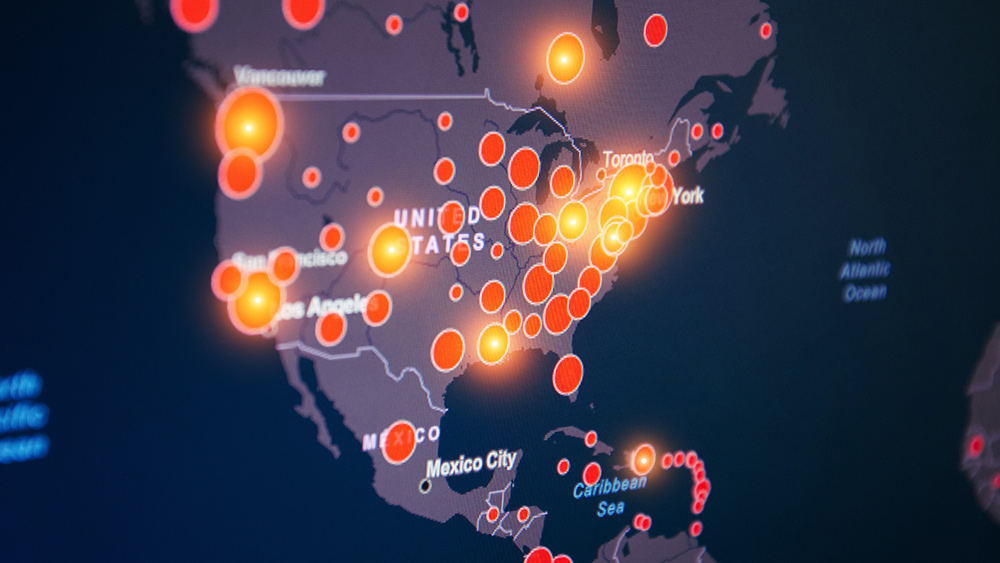
The U.S. has reported more cases and deaths from COVID-19 than any other country. However, the method for counting the deaths varies by state. As a result, National Institute of Allergy and Infectious Diseases director Dr. Anthony Fauci said, in a testimony before the Senate earlier this month, that the actual number of people who've died from the pandemic is “almost certainly” higher than what's been reported.
States misreporting coronavirus numbers
In Georgia, one of the first states to launch its reopening, officials have apologized and corrected what they have described as a “processing error” that wrongly showed a downward trend in the number of new daily infections in the state. This error made it appear as if new infections had dropped every day for two weeks. According to the Atlanta Journal-Constitution, the error was at least the third in three weeks. (Related: STUPID-19 strikes again: Georgia Gov. Brian Kemp releases rigged coronavirus chart that scrambles dates to create false impression of infection decline.)
Meanwhile, in neighboring Florida, which has also moved to quickly reopen swathes of its economy, several data-related controversies have also arisen. Recently, reports have come out that state officials directed a top Florida Department of Health data manager earlier this month to remove specific coronavirus data from the public view. This data showed that Floridians reported symptoms associated with COVID-19 before cases were officially announced. Emails showed that data manager Rebekah Jones had complied with the order, but not before saying that it was the “wrong call.”
Jones was later taken off her role in maintaining the state's coronavirus dashboard. She told CBS that she refused to “manually change data to drum up support for the plan to reopen Florida. Jones is currently under “active criminal charges” cyberstalking and cyber sexual harassment, according to Gov. Ron DeSantis.
Last month, Florida officials stopped releasing the list of COVID-19 deaths being compiled by the state's medical examiners. The list had, at times, shown a higher death toll than the total being published by the state.
A spokesman for the state's Health Department has since stated that the medical examiners had a different method for reporting deaths and that reports of deaths being hidden were “untrue.”
The Arizona Department of Health Services cut off a team of Arizona State University and University of Arizona experts who had provided pandemic modeling for the state, saying that the state preferred to use the federal model. However, after receiving backlash, the Health Department reinstated the team, though it's unclear if their input is being used by state officials when making decisions.
Nursing home coronavirus data remains an issue
One of the big issues when it comes to the publication of specific coronavirus data involves cases and deaths in nursing homes. State and local officials have come under intense scrutiny over the collection and release of this information. COVID-19 has hit nursing homes particularly hard, thanks to both their residents' vulnerability and the policies that states and localities have put into place, especially when it comes to revealing the names of the facilities involved.
Earlier this month, Arizona officials argued that they should not reveal the names of nursing homes with outbreaks because it could give those facilities a stigma and could lead to discrimination against them. The officials made this argument in response to a lawsuit from Arizona news outlets demanding that the state provide information on coronavirus cases in nursing homes.
In Pennsylvania, on the other hand, state officials finally released nursing home data last week after weeks of delay in the face of significant pressure.
Meanwhile, the federal government says that it plans to publish such information by the end of May.
Visit Pandemic.news for the latest updates on the rate of COVID-19 deaths and infections.
Sources include:
Please contact us for more information.























